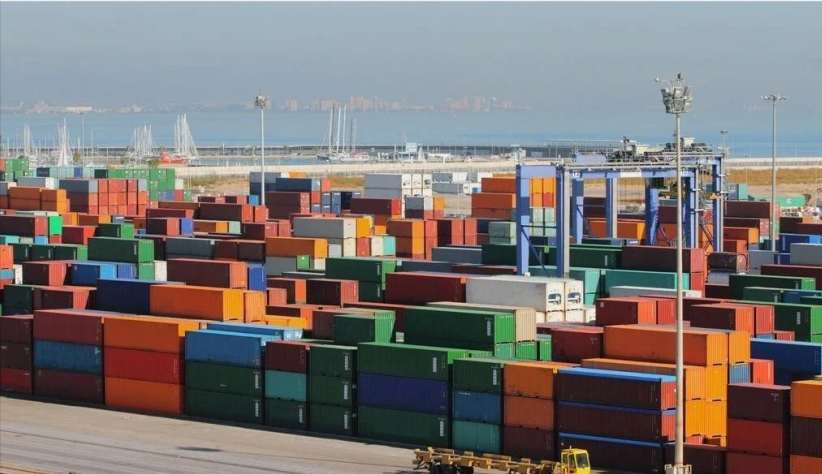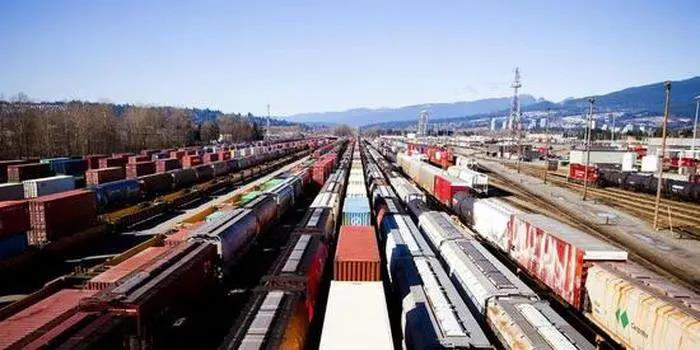Port of Los Angeles: More than 1 million TEUs were processed in May, a year-on-year increase for the 10thconsecutive month, an increase of 74% compared to the same period last year . This is the busiest month in the port's 114- year history, and it is also the first time that a port in the Western Hemisphere has handled more than 1 million TEUs per month . Port of Oakland: From January to May, the port handled 1.08 million containers, a record high. New York -New Jersey Port: Freight volume continues to maintain double-digit growth. In May 2021, the cargo handling volume of the New York-New Jersey port increased by 23.8% to 796693 TEU. This is the 10th consecutive month of growth in the port's throughput. Port of Jacksonville, Florida: In May, container throughput set a new monthly record of 128,900 TEU, an increase of 37% over the same period last year, and exceeded the monthly container throughput record of 123,700 TEU set by the port in October 2019. In the past few months, the congestion of major ports on the west coast of the United States has eased and ship turnaround times have improved. However, importers and logistics companies will face more troubles in the coming months. Congestion extends from the port to the inland Seko Logistics executives said that the surge in cargo volume has put new pressure on the rail and truck transportation network in the ports of Los Angeles and Long Beach and other areas. Craig Grossgart, Seko's senior vice president of global shipping, predicts that a large amount of cargo will flow to the west coast in the next few months. He pointed out that due to the lockdown last year, as children and young people return to school and adults return to work, there will be strong demand for various demands, which will lead to further congestion. The current congestion comes from the pressure of the entire land-side transportation network and extends to the inland. In Chicago, the number of stranded containers has been increasing. He pointed out that customers cannot pick up counters for circulation, but still need to pay storage fees. In turn, the carrier is also troubled by storage fees, due to the suspension of land-side rail transportation due to the suspension of container transportation at the terminal. Maersk: Delays will result in a 33% loss of capacity in the West and the United States. The problem of congestion in US ports is unresolved. Dozens of Asian freighters are still waiting to be unloaded, and the United States is still buying foreign goods. According to the latest data released by the United States, the country's imports in May reached 232.4 billion US dollars (about 1.5 trillion yuan), approaching a record high! The problem of freighters queuing for unloading has persisted for half a year. In April of this year , some media reported that Asian ships carryingas many as 14,000 containers ran aground on the west coast of the United States. Some containers stayed for more than a week, and sometimes as many as 40 ships were waiting to be unloaded. Maersk, the world’s largest container ship operator , said that since the beginning of this year, the West Coast of the United States has lost 20% of its capacity to and from Asia; it is expected that from June to the end of August, the capacity will be lost by 13%; the impact has been greater than that of Suez in March this year. The canal accident is even more serious.
The above figures highlight the pressure on US ports. The volume of cargo is increasing and the volume of container imports remains at a high level. According to estimates by the American Retailers Association, the import volume of containers at US ports in a single month from May to September will remain at the level of more than 2 million TEU, which will continue to increase from the previous forecast. The main reason is the gradual recovery of economic activities, but the inventory of US retailers is still at a low point in the past 30 years, and the strong demand for restocking will further boost the demand for cargo.

Hello, welcome to the official website of FINANCE KEY INTERNATIONAL HOLDING CO,LTD!




